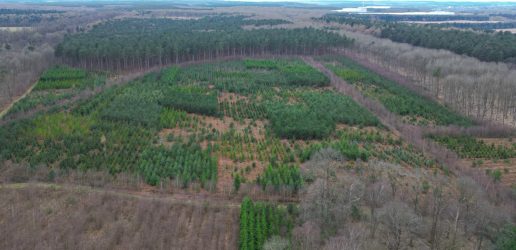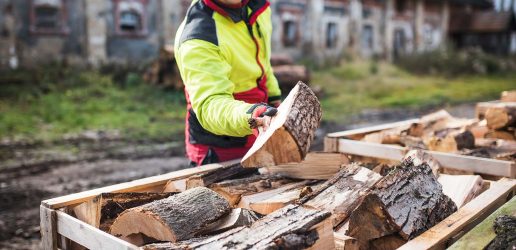TreeAlert has launched a new dashboard that gives registered users access to two years of TreeAlert reports as searchable lists, charts and map views. It’ll help people understand what’s happening with tree pests and diseases in their local area and across the country.
This video explains how to access and use the dashboard:
The management of tree pests and diseases is greatly helped by early detection and prompt action.
TreeAlert is Great Britain’s only online reporting tool for tree pests and diseases. It allows professionals and members of the public to report suspected pests and diseases and can act as an early warning system for rising threats. Tree Alert users can also record information about healthy trees to help us understand pest and disease reports in context.
Gerard Clover, Head of Tree Health, explains more about TreeAlert and the new dashboard in this video:
The information gathered through TreeAlert reports supports important tree health monitoring and surveillance work. It also contributes to ongoing scientific research and, ultimately, helps efforts to protect the nation’s trees.
TreeAlert is managed by Forest Research, with funding from Defra, Forestry Commission, Scottish Forestry and Welsh Government.
Recent News
View All news
Seventeen coniferous tree species show early promise for future commercial timber production in the UK
Researchers have set up a network of nine large scale experiments across the UK to test the suitability of 17 tree species as potential alternatives for future commercial timber production.
Forest Research are looking for people involved in the harvesting, processing, transport, import, or trade of firewood in Scotland to complete an important survey.

New guide to help local authorities conduct a people survey on the social value of their treescapes
A new step-by-step guide to help local authorities, charities and civic societies carry out a people survey to understand social and cultural values related to trees in their area, is now available.

Seventeen coniferous tree species show early promise for future commercial timber production in the UK
Researchers have set up a network of nine large scale experiments across the UK to test the suitability of 17 tree species as potential alternatives for future commercial timber production.
Forest Research are looking for people involved in the harvesting, processing, transport, import, or trade of firewood in Scotland to complete an important survey.

New guide to help local authorities conduct a people survey on the social value of their treescapes
A new step-by-step guide to help local authorities, charities and civic societies carry out a people survey to understand social and cultural values related to trees in their area, is now available.

